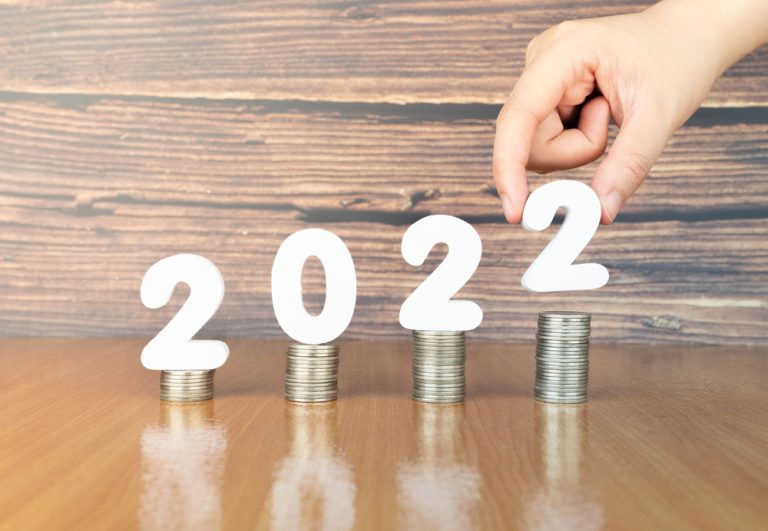Why Budgeting Sucks (and What to Do Instead)
Why Traditional Budgeting Fails We’ve all been told that the key to managing money is to create a budget and stick to it. Track every dollar, set spending limits, and make sure you don’t overspend in any category. It sounds good in theory! But let’s be real—most people fail at budgeting. Not because they don’t care about their money, but because strict budgeting is rigid, time-consuming, and difficult to maintain long-term. You might start strong, logging every coffee and grocery run, but life gets busy. Unexpected expenses pop up. One month, you go over in groceries but under in entertainment—does that mean you failed? For couples, it can create friction, with one person treating the budget as law and the other feeling like they’re constantly being policed. Traditional budgeting focuses too much on small expenses and not enough on the big financial moves that actually build wealth. That’s why I don’t believe in tracking every dollar. Instead, I use a big-picture approach that prioritises the financial decisions that truly matter—while allowing you to spend guilt-free on everything else. The “No-Budget” Approach: Focus on Big Wins Instead of micromanaging your spending, I focus on these three key areas: Home Loan Payoff – Instead of stretching out a 30-year mortgage, automate extra repayments to shave years off your loan. The interest savings alone can far outweigh small budgeting tweaks. Superannuation & Investments – Are you investing enough for retirement? Super is a great vehicle for tax benefits, but you should also consider investments outside super for financial freedom before retirement age. Emergency & Future Savings – Having accessible cash reserves means less reliance on credit cards and loans when unexpected costs arise. Once you’ve allocated funds to these priorities, the rest is yours to spend however you like—guilt-free. This removes the stress of tracking every little expense while ensuring that your financial future is still being taken care of. Why This Approach Works Better Less Stress, More Freedom – No more spreadsheets, logging expenses, or feeling guilty for small indulgences. If your financial priorities are funded first, there’s no need to sweat the small stuff. Automates Financial Success – Instead of relying on self-discipline, automate your mortgage overpayments, super contributions, and investments. When it’s set up to happen automatically, you don’t have to think about it. Focuses on What Actually Matters – Cutting back on small expenses won’t make you rich, but owning your home sooner, investing regularly, and securing your future will. Works for All Income Levels – Whether you earn $60K or $250K a year, prioritising big financial moves makes more impact than cutting out lattes. How to Implement This “No-Budget” Plan Identify Your Big Priorities – What financial goals will actually change your life? Think: paying off debt, funding retirement, or building investments. Crunch the Numbers – Work out how much extra you could allocate each month toward these goals. Even small adjustments (e.g., an extra $200 toward your mortgage) can make a big difference over time. Automate It – Set up automatic transfers to ensure your priorities happen first. This removes temptation and decision fatigue. Spend the Rest Freely – Once your major financial moves are covered, whatever’s left is yours to enjoy. No more tracking every coffee or meal out. Review Every 6-12 Months – Instead of daily or weekly budgeting, do a bigger-picture check-in a couple of times a year to adjust as needed. Final Thoughts: A Smarter Way to Manage Money Traditional budgeting tries to control every little expense, but it’s not sustainable for most people. The better approach? Focus on automating big financial wins first, then spend the rest without guilt. By prioritising home loan repayments, investing for the future, and having a financial safety net, you’re securing long-term wealth and financial freedom—without stressing over whether you spent too much on dinner last week. Forget budgeting. Focus on the big wins, automate your plan, and let your money work for you—without the hassle. The information provided in this article is general in nature only and does not constitute personal financial advice.























